The most spacious model of the Mercedes-Benz compact portofolio is a seven-seats SUV. Test drive Mercedes-Benz GLB 250 4Matic 2 liter turbo with the 8-speed double clutch automatic transmission and all-wheel drive.
Photo credit: Bogdan Paraschiv
The Mercedes-Benz compact segment is now extended with a variant that failed to make it in the first generation. It is called the GLB and it is a boxy SUV with short overhangs that hints a bit towards the G-Class and also provides a seven-seats option. It actually fights no competitor in the premium segment and only by the fact that it features 7 seats, it may tangentially be compared with the BMW 2 Series Gran Tourer. Indirectly though, it has quite a few competitors in the volume classes, check out the VW Tiguan Allspace, the Skoda Kodiaq, the Peugeot 5008 or the Seat Tarraco and the Honda CR-V.
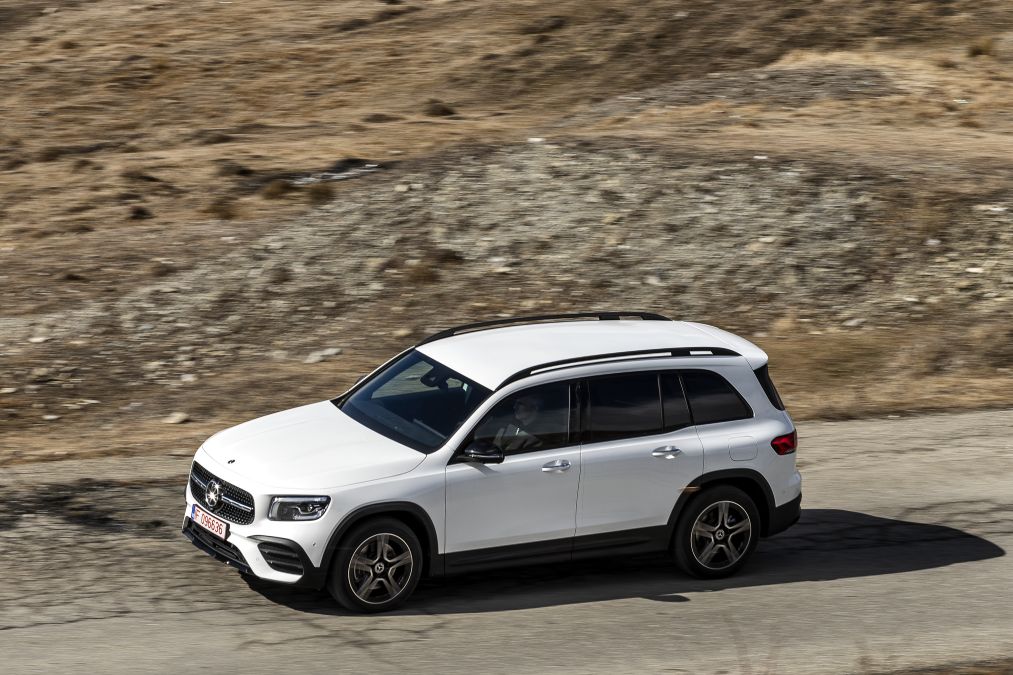
The all-new Mercedes-Benz GLB is by no means compact, featuring proportions comparable to a mid-size SUV: 4,634 mm in length, 1,834 mm in width and 1,658 mm in height. This positioning is justified by the fact that the second generation of the Mercedes-Benz GLA has just arrived with 4,410 mm in length and 1.611 mm in height, to fight the BMW X1 or the Audi Q3.
Therefore, Mercedes-Benz comes with two SUVs in the compact class that are clearly set apart from each other: the compact aerodynamic GLA and the angular larger and more spacious GLB. Now that we have settled their positioning, let’s get to the evaluation. For our test drive, we had the 5-seat Mercedes-Benz GLB 250 4Matic featuring the AMG package with 19-inch light alloys.
- Big interior rear space
- Big boot
- Superb driving position
- Well adjusted standard suspension
- Potent 2.0-liter turbo engine
- Quite good double clutch automatic gearbox

MAX vs MIN
- Relatively understeering
- Not quite precise touchpad

As a 5-seater, the GLB comes with a rear 40/20/40% split bench, with the backrests reclining in several angles and the seating area sliding for 140 mm. You thus get a minimum 570-liter boot volume with the rear seats pushed completely to the rear or 760 liters when the rear seats are pushed forward by 140 mm. And if the backrest is completely folded, than beneath the angular shape hides a colossal volume of 1,805 liter.
The three segments of the of the 40/20/40% rear seats backrest can be easily folded by pulling a strap at the base of the seating area and the central segment of 20% integrates an armrest. For the transportation of long items such as skis, the narrow central segment can be folded down. The rear passengers have plenty of kneeroom and headroom and subjectively, the GLB seems at least as spacious as the GLC due to its boxy silhouette that gives an airy impression at the rear. The 2,829-mm wheelbase is 10 cm longer than that of the B-Class. Optionally for 1320.90 euros, two seats for the third row are available, completely folding down into the floor when necessary.

The rear bench is comfortable, but the backrest is a bit too flat, especially for the AMG tested variant. At the front, the driver seats comfortably in the well-profiled AMG seat with manual adjustment of the seating and separate headrest. Even though the GLB is part of the compact family, the dashboard is different from that of its platform siblings.
We enjoy the offroader touch provided by the tubular aluminum look item that stretches all along the dashboard length, only discontinued by the interior door handles. Except for that, we find the elements familiar from the A-Class: the two optional displays – for the instrument cluster and for the infotainment system – both of 10.25 inches, combined beneath a single screen which costs 3,076.15 euro including the HDD navigation.
The multifunctional steering wheel is there as well, with its two mini touchpads. The one on the left side controls the instrument cluster display, while the one on the right side dictates the infotainment system. The driver can select one of the four display modes for the instrument cluster (Classic, Sport, Progressive, Understated) combined with six themes available in the infotainment system (Adventure, Trip, Experience, Efficiency, Lounge, Standard).
Especially designed for the GLB is the off-road menu, displaying lateral and longitudinal tilting angles in the speedometer dial and the real-time front/rear torque distribution in the rev meter, plus the hill descent control system with an adjustable speed between 2 and 18 km/h. The infotainment system can be commanded by the generously sized touchpad or by voice control.
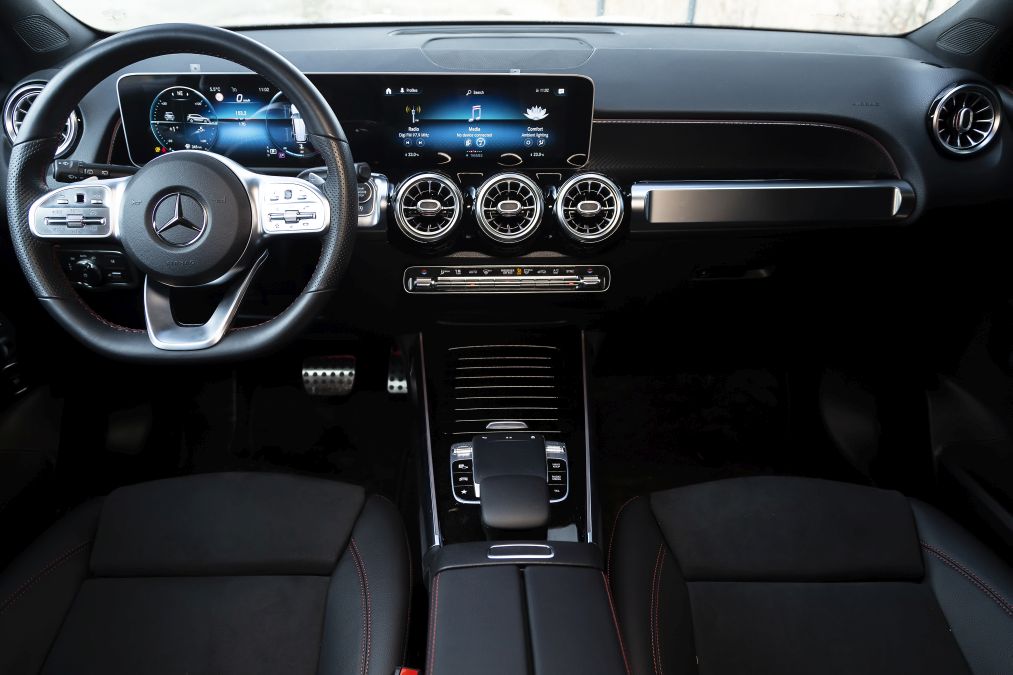
The touchpad is not as familiar as the former rotary controller, but matches the digitalisation wave and it is not mandatory to use, because you get at least three alternatives: from the mini touchpad on the right side of the steering wheel, from the touchscreen or engaging voice control by saying „Hey, Mercedes”. Voice control perfectly understands the name in the phonebook, but not the names of some streets, for instance. The quality of workmanship is similar to those of the compact class, even though the GLB comes from a newly built plant in Aquacalientes from the faraway Mexico.
But how does the boxy Mercedes-Benz GLB 250 4Matic run? The driver benefits from four driving modes of the Drive Select button: Sport, Comfort, Eco, Off-road and Individual. It does not only change the response of the steering, transmission and ESP, but also torque distribution: 80/20% front/rear in the Eco mode, 70/30% in the Sport mode and 50/50% in the Off-road mode (maximum speed of 110 km/h in the Off-road mode).
In this case, the electro-mechanic multi-plate clutch located on the rear axle operates as a lock differential. Together with the short overhangs and the relatively high ground clearances (Mercedes-Benz does not provide official figures), the GLB is well-prepared for the off-road, with the assistance of the robust and rigid body. Of course, it is by no means a G-Class with lock diffs and separate chassis, but for an SUV, the GLB gives enough trust off the tarmac.
If the Multibeam LED headlights of the test car (1,487.50 euro) are ordered, a new feature quite useful in the off-road is offered, by which the cornering function is continuously active at speed of up to 50 km/h, providing adjacent light in the off-road.
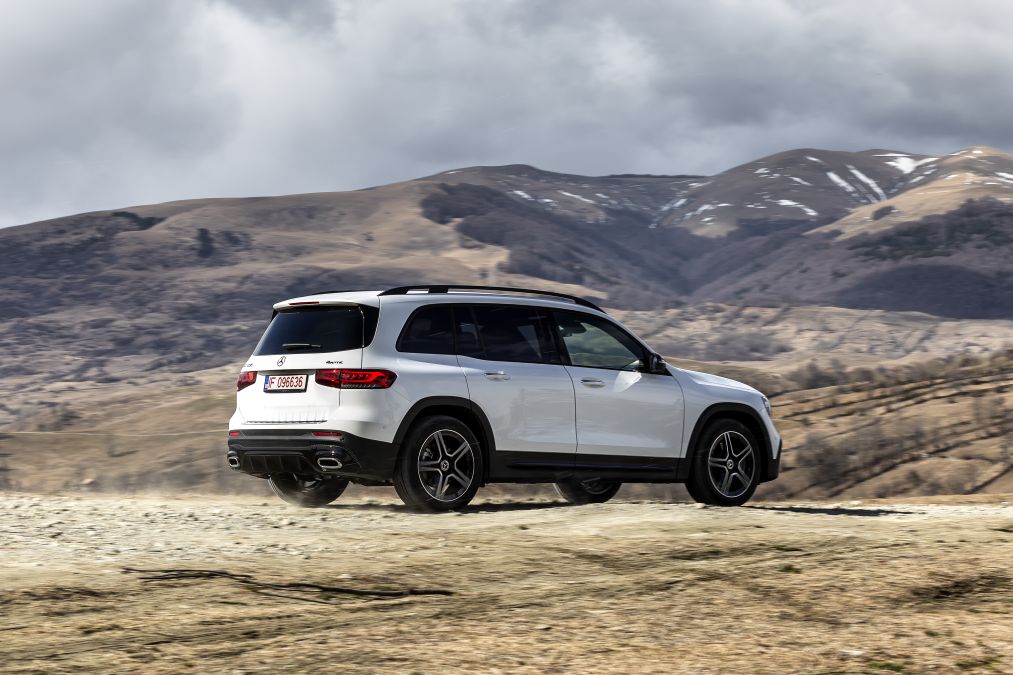
On the road, the GLB runs pleasantly, with a well-adjusted steering, brunt enough in the Sport mode, precise and with a good feedback. The suspension features a medium firmness, the cornering roll stays moderate. The GLB is set as a family SUV, in which comfort comes first, even with the 19-inch wheels included in the AMG package.
The test car did not come with the optional adaptive suspension (1.178,10 euros) that, in the Sport mode, is able to provide a firmer setting. In fast cornering, the GLB is relatively understeering, more than the GLC. It comes natural, because the GLC has a more sophisticated front axle and is based on a rear transmission, that provides a different torque distribution of 50% maximum to the front and up to 100%% to the rear axle.
On long-distance driving, the GLB is a genuine Benz. Noise level is low despite the angular tall silhouette. Drag noises are well kept outside due to the very good insulation. The Mercedes-Benz-sourced 2.0-liter 224 horsepower engine makes a pleasant noise upon revving and is not any louder by the same engine with transverse mounting in the GLC, where it delivers 258 horsepower. The 2.0-liter engine is the perfect match for the 1.670-kilogram heavy car, that feels lighter than the GLC 300 4Matic and it really is, because the GLC, based on the rear transmission, is 130 kilograms heavier.
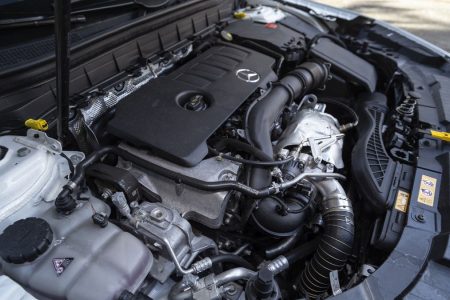
The new dual-clutch 8-speed automatic 8G-DCT transmission developed by Mercedes-Benz, especially for its compact class is coupled to all the Mercedes-Benz-sourced diesel and petrol engines (the 1.5-liter diesel and the petrol 1.33 with Renault origin are mated with the 7-speed automatic Getrag transmission) and is one step forward from the old Mercedes-Benz 7G-DCT transmission. It shifts faster, it better matches the turbo engine, but the only downside is that it occasionally downshifts too much when the throttle pedal is swiftly pressed, probably for quick sprints. Pressing the paddles on the steering wheel, you can switch to the manual mode, from which it returns into automatic by pressing the paddle for a couple of seconds.
The fuel consumption achieved throughout the test driving on the highway, national road in alert style driving was of 10 l/100 km, acceptable for this size and output. The GLB 250 4Matic is by no means cheap. 44,857.05 euros is the price of the entry-level variant with the standard Style package. With the AMG package (3.510,10 euros) and equipped with the Thermotronic, the price goes as high as 50.000 euros. The Multibeam LED headlights, all the displays, the hard disc infotainment system, the seven seats and the adaptive suspension, it goes all to way towards 60.000 euro. Nothing comes cheap in the premium segment these days.

Verdict
The Mercedes-Benz GLB 250 4Matic is the ideal family SUV, spacious and elegant and pleasant to drive, with a seven-seats option. The 2.0-liter turbo engine is the perfect match for those who would go for the petrol, but there is also the excellent 2.0-liter diesel with 150/190 HP. Manufactured in Mexico, it provides the same quality as the other models of the compact class.| DATE TEHNICE | |
|---|---|
| Model | GLB 250 4Matic |
| Engine/No. of cylinders | L4, turbo |
| Displacement (cmc) | 1.991 |
| Max. output/revs (CP/rpm) | 224/5.800 |
| Max. torque/revs(Nm/rpm) | 350/1.800-4.000 |
| Transmission | 4wd |
| Gearbox | automat, 8 gears |
| L/w/h (mm) | 4.634/1.834/1.658 |
| Wheelbase (mm) | 2.829 |
| Boot volume (l) | 560-1.755 |
| Acceleration 0-100 km/h (s) | 6,9 |
| Top speed (km/h) | 236 |
| Fuel consumption (l/100 km) | 7,2 |
| CO2 emissions (g/km) | 165 |
| Price (euro with VAT) | 44,857.05 |

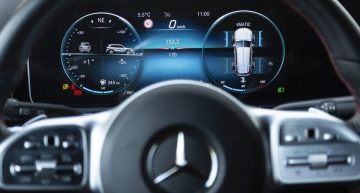
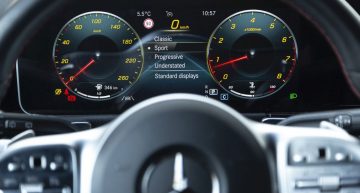
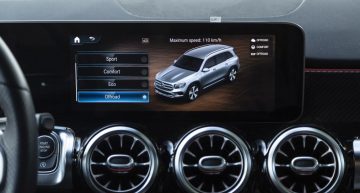
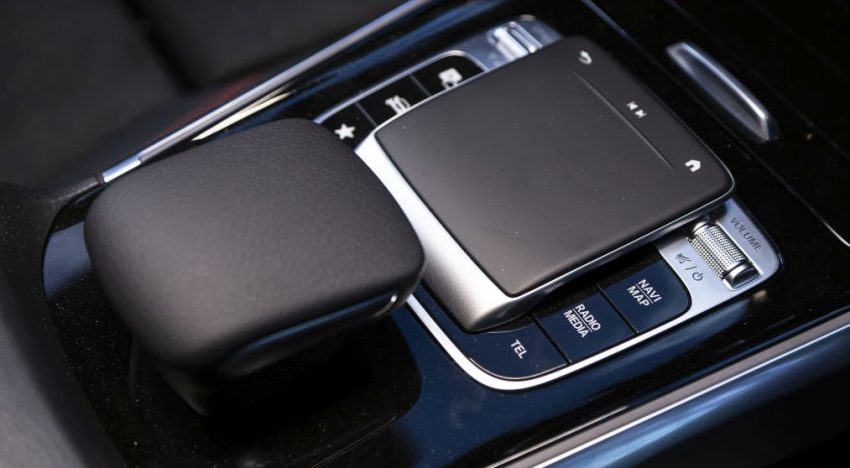
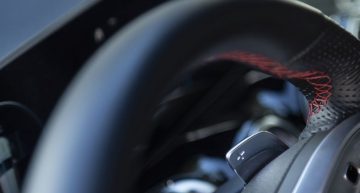
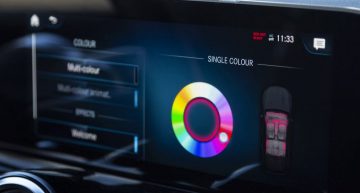
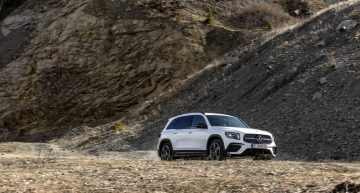
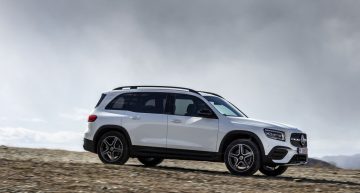
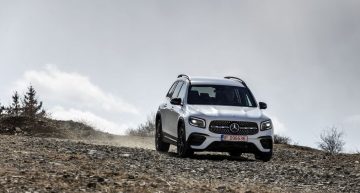
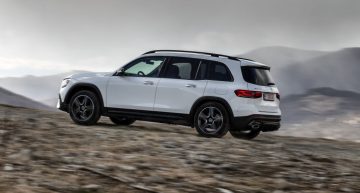

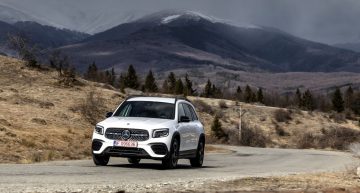








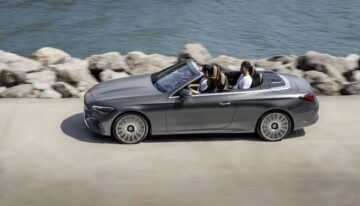

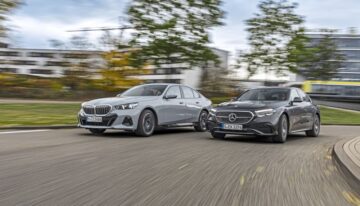

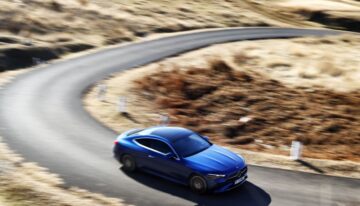
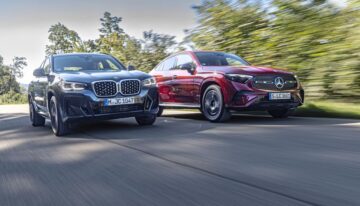
[…] Source link […]